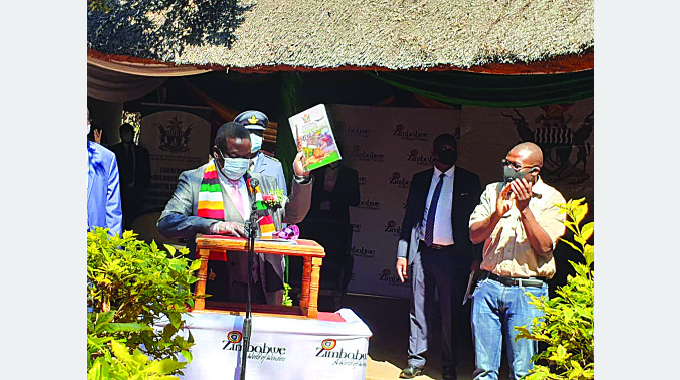Land development projects, corporate rescue

Introduction
I have previously written on corporate rescue proceedings (corporate rescue). Corporate rescue is also known by other terms such as business rescue or judicial management.
According to Section 121 of the Insolvency Act (Chapter 6:07), hereinafter (the Act) of 2018 corporate rescue means the proceedings to facilitate the rehabilitation of a company that is financially distressed. It involves providing for:
Temporary supervision of the company and of the management of its affairs, business and property, and
Temporary moratorium (relief) on the rights of claimants against the company or in respect of property in its possession, and
The development and presentation, if approved, of a plan to rescue the company by restructuring its affairs, business, property, debt and other liabilities and equity.
In Zimbabwe a corporate rescue practitioner (the practitioner) manages the insolvency process and derives general powers from section 133 of the Insolvency Act.
In this article I look at how a corporate rescue practitioner for a land development company can complete stalled land development projects.
Cases of incomplete land development projects, including residential, are quite common and a source of frustration for many holders of cession rights against the subdivided pieces of land.
The following are some of the issues the practitioner needs to deal with:
Understanding creditors
Like in other corporate rescue assignments the practitioner should take stock of the land development creditors and their profile.
This includes the amounts, any payment plans, default by the land developing company, etc. This will assist the practitioner in project financial planning.
Understanding reasons for accumulating debts
A good corporate rescue practitioner would obviously want to understand how the land development company accumulated the debts.
Debts may have been accumulated due to actual cost commitments exceeding budgets as a result of inflation or incorrect budgeting, diversion of project funds by the land developer, default in payments by purchasers of the subdivided land, or other factors.
Outstanding land development works
What usually happens in land development is that the holder of a large of piece of land subdivides it into smaller ones for sale.
It is usually a condition in the subdivision permit issued by the local authority that for the subdivisions to hold own deeds of transfer (title deeds) a certificate of compliance should be issued in favour of the developer.
The certificate is issued when conditions in the subdivision permit have been complied with.
Such conditions normally include completion of:
Water reticulation,
Sewer reticulation,
Road network and access.
The importance of understanding the outstanding works is that this helps the practitioner to estimate the amounts required to complete the project.
Funding options
The corporate rescue practitioner will have to come up with a corporate rescue plan in terms of section 142 of the Insolvency Act. Amongst other things, the practitioner should address funding options to complete the project.
Some of the options include those explained below:
Sale of stands
Should the land developer still have unsold stands the practitioner can sell some of them to pay off creditors and finance the outstanding works.
Disposal of assets
Other than unsold stands which are part of the land development project, the practitioner may after procuring the necessary approvals, sell assets of the land developer. This may include assets such as other land owned elsewhere or movable assets.
Collections from past sale of stands
It may very well be that some stands were sold on credit and purchasers are still paying the land developer. Such receipts by may be used to pay creditors or finance outstanding development works.
Borrowings
Subject to very careful considerations, the practitioner may cause borrowings by the land development company against future payments from sale of stands or collections from credit purchasers.
Top ups by purchasers
At times it may be worthwhile to persuade purchasers to pay top ups so that the land development project can be completed and title deeds processed.
Conclusion
Unfinished land development projects are a major source of inconvenience. A corporate rescue practitioner can be useful in completing land development projects.
Disclaimer
This simplified article is for general information purposes only and does not constitute the writer’s professional advice nor does it target any known situations, individuals or groups.
Godknows (GK) Hofisi, LLB(UNISA), B.Acc(UZ), CA(Z), MBA(EBS,UK) is a legal practitioner / conveyancer, chartered accountant, corporate rescue practitioner, registered tax accountant, consultant in deal structuring and business valuer. He is also a director with Investacare International (Private) Limited. He writes in his personal capacity. He can be contacted on +263 772 246 900 or [email protected]









Comments